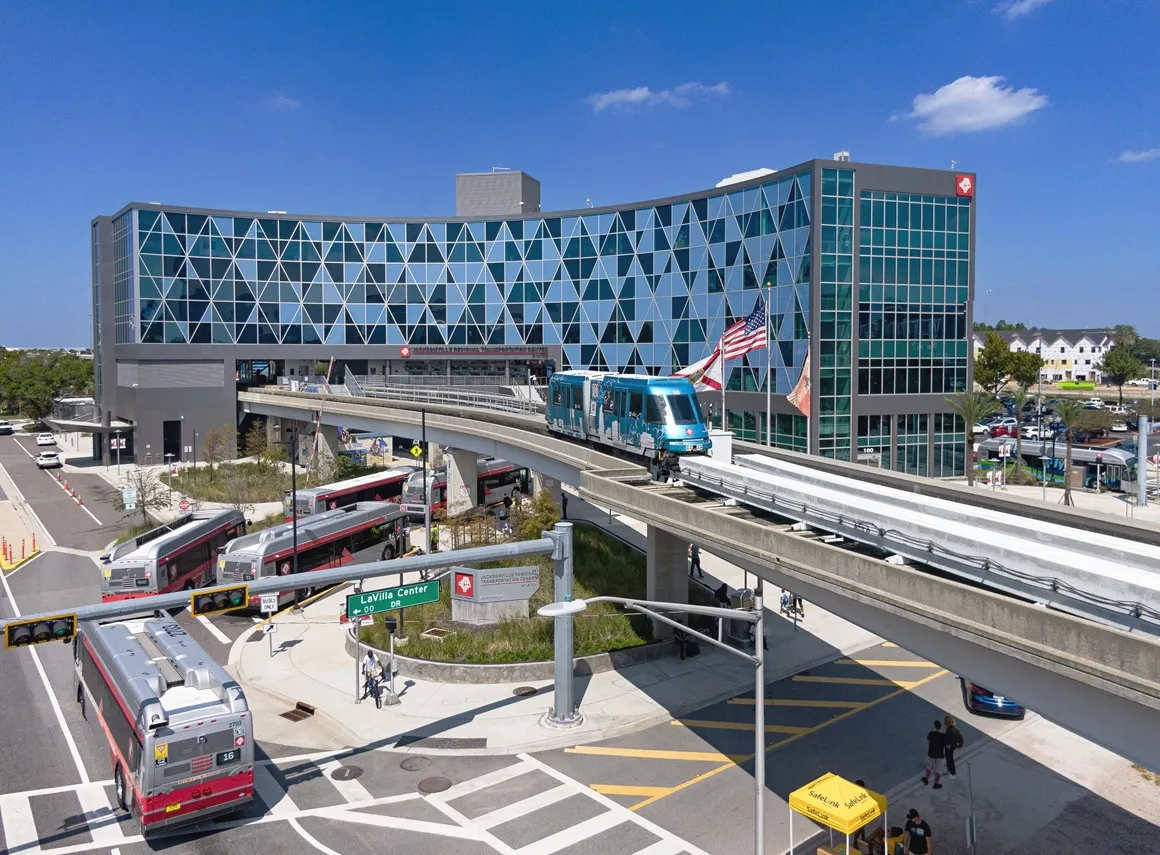Travel technology firm SilverRail has unveiled seamlessmobility.com, a new website which it says will act as a centre for information and developments in what it calls seamless mobility, an integrated multi-modal transportation network.
As the transport system of the future is likely to include more rail, buses, bikes and autonomous and electric cars and growing numbers of people adopt them, SilverRail believes technologies are required that make it easier for people to use different forms of mass transi
February 3, 2017
Read time: 2 mins
Travel technology firm SilverRail has unveiled seamlessmobility.com, a new website which it says will act as a centre for information and developments in what it calls seamless mobility, an integrated multi-modal transportation network.
As the transport system of the future is likely to include more rail, buses, bikes and autonomous and electric cars and growing numbers of people adopt them, SilverRail believes technologies are required that make it easier for people to use different forms of mass transit and move seamlessly between them.
However, the challenge is that today’s transport systems operate independently, rather than being integrated into a broader multi-modal system, so if a journey involves more than one form of transport it can result in delays, congestion and complications.
Using advances in computing power, autonomous vehicles, big data and crowd-sourced information from social media, seamless mobility aims to make travelling smoother for individual travellers, while allowing an entire system to work better.
The new website will help spread the word about seamless mobility, highlighting the many benefits and showcasing the latest initiatives to improve transportation around the world.
As the transport system of the future is likely to include more rail, buses, bikes and autonomous and electric cars and growing numbers of people adopt them, SilverRail believes technologies are required that make it easier for people to use different forms of mass transit and move seamlessly between them.
However, the challenge is that today’s transport systems operate independently, rather than being integrated into a broader multi-modal system, so if a journey involves more than one form of transport it can result in delays, congestion and complications.
Using advances in computing power, autonomous vehicles, big data and crowd-sourced information from social media, seamless mobility aims to make travelling smoother for individual travellers, while allowing an entire system to work better.
The new website will help spread the word about seamless mobility, highlighting the many benefits and showcasing the latest initiatives to improve transportation around the world.










